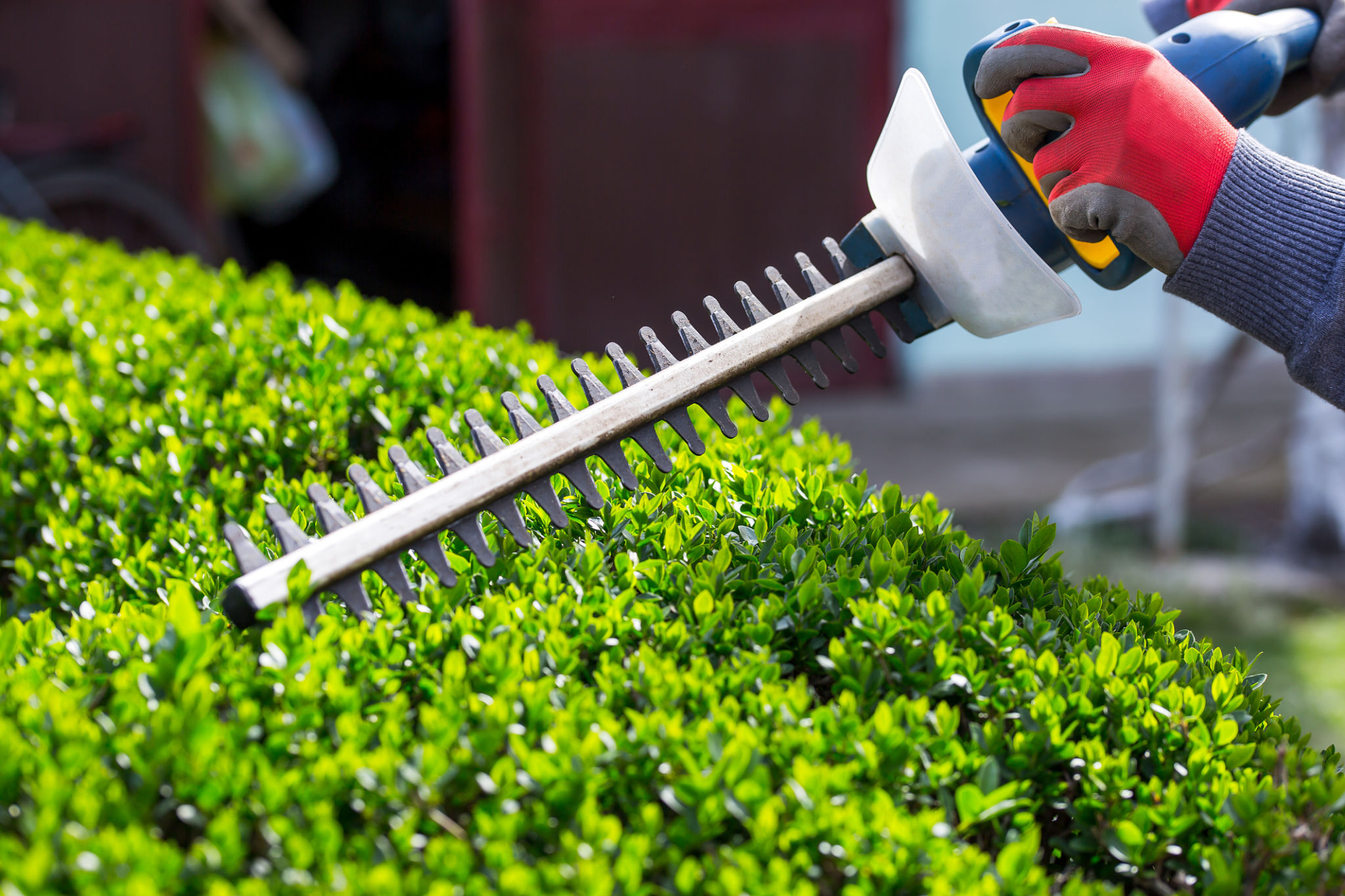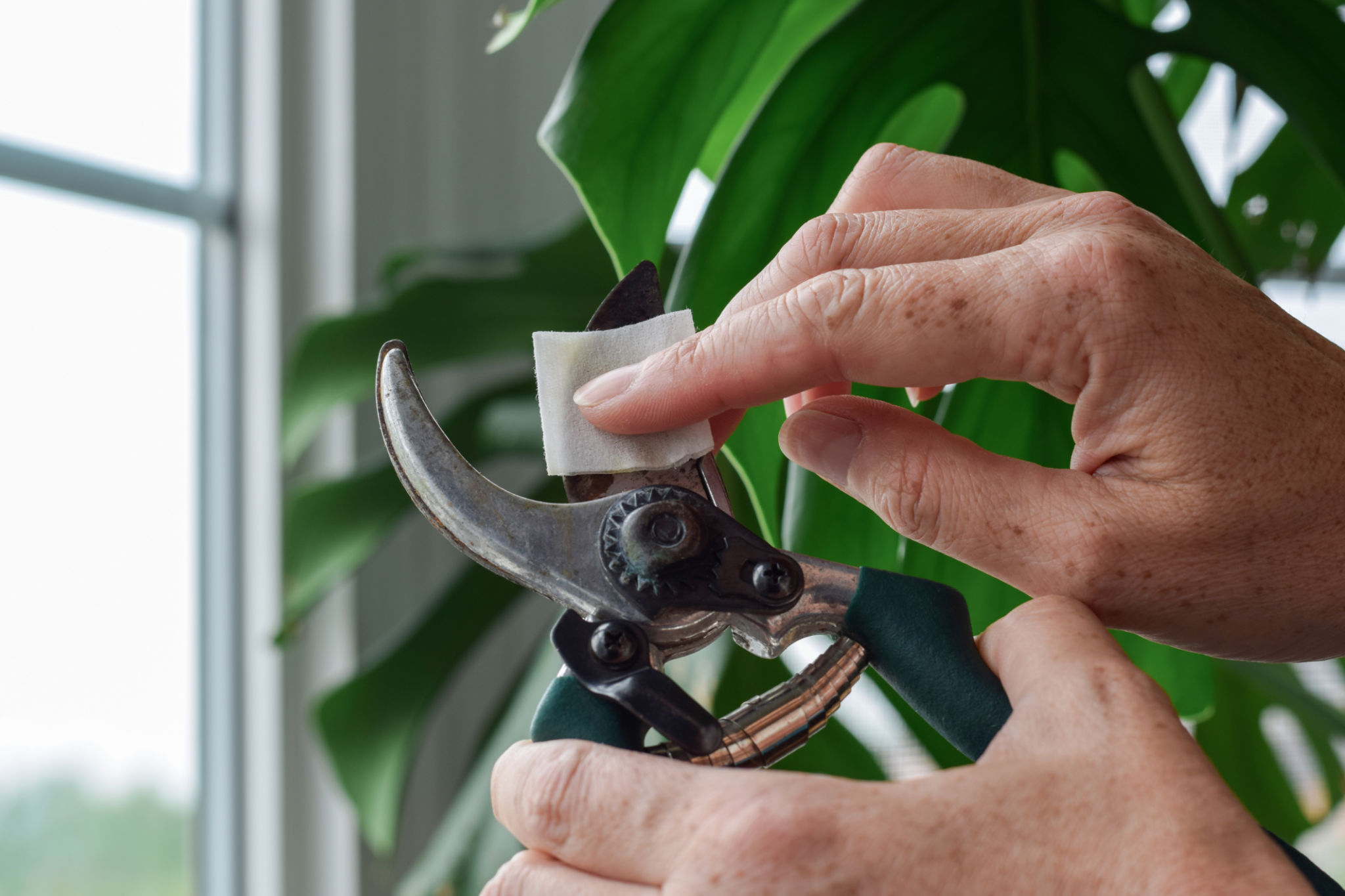A Guide to Hedge Trimming: Enhance Your Landscape's Appearance
Understanding the Importance of Hedge Trimming
Hedge trimming is an essential aspect of landscape maintenance that not only enhances the aesthetic appeal of your garden but also promotes the health of your plants. Well-maintained hedges can add structure and privacy to outdoor spaces, creating a welcoming environment. Regular trimming ensures that your hedges grow densely and maintain their desired shape.
Without regular trimming, hedges can become overgrown and unruly, which may result in decreased curb appeal and potentially damage the plant's health. By understanding the benefits of routine maintenance, you can keep your landscape looking pristine all year round.

Choosing the Right Tools for the Job
Having the proper tools is crucial for effective hedge trimming. The type of tool you need will depend on the size and type of hedge you have. For smaller hedges, manual hedge shears might suffice, while larger hedges may require electric or gas-powered trimmers for efficiency.
Essential Hedge Trimming Tools
- Manual hedge shears
- Electric or gas-powered hedge trimmers
- Loppers for thick branches
- Protective gloves and eyewear
Using the right tools not only makes the job easier but also helps achieve a clean and precise cut, which is beneficial for the health of your plants.

When to Trim Your Hedges
The timing of hedge trimming can significantly impact plant growth and appearance. As a general rule, most hedges should be trimmed in late spring or early summer when growth is at its peak. This timing encourages fuller growth and helps maintain the desired shape throughout the growing season.
However, some evergreen hedges may benefit from a second trim in late summer or early autumn to tidy up any uneven growth before winter. Understanding the specific needs of your hedge species can help you optimize your trimming schedule.

Techniques for Effective Hedge Trimming
Proper technique is essential for achieving a neat and professional look. Start by removing any dead or diseased branches to promote healthy growth. Then, trim the top of the hedge to your desired height, followed by the sides, aiming for a slightly tapered shape that is wider at the bottom.
Steps to Achieve a Neat Hedge
- Remove dead or diseased branches.
- Trim the top to ensure even height.
- Taper the sides slightly for stability and sunlight exposure.
Regularly step back to assess your progress and ensure symmetry. This practice helps in maintaining a balanced and aesthetically pleasing appearance.
Maintaining Your Tools
Keeping your trimming tools in good condition is vital for efficient hedge maintenance. After each use, clean your tools to remove sap and debris. Sharpen blades regularly to ensure clean cuts, which reduce plant stress and promote faster healing.
Storing your tools in a dry place will prevent rust and extend their lifespan, ensuring they are always ready when needed. By investing time in tool maintenance, you'll improve their performance and longevity.

Conclusion: The Benefits of Regular Hedge Trimming
In conclusion, regular hedge trimming is an important practice for any gardener looking to enhance their landscape's appearance. It not only boosts curb appeal but also contributes to the overall health and longevity of your plants. By following these guidelines on timing, technique, and tool maintenance, you'll be well on your way to achieving beautifully manicured hedges that elevate your outdoor space.
Remember, consistency is key. With dedication and proper care, your hedges will remain a stunning feature of your garden for years to come.